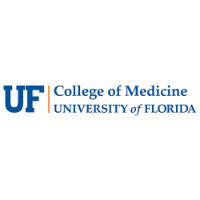Request Demo
Last update 06 Dec 2025
Jak2 inhibitor(University of Florida College of Medicine)
Last update 06 Dec 2025
Overview
Basic Info
Drug Type Small molecule drug |
Synonyms 1,2,3,4,5,6-hexabromocyclohexane |
Target |
Action inhibitors |
Mechanism JAK2 inhibitors(Tyrosine-protein kinase JAK2 inhibitors) |
Therapeutic Areas- |
Active Indication- |
Inactive Indication- |
Originator Organization |
Active Organization |
Inactive Organization- |
License Organization- |
Drug Highest PhaseDiscovery |
First Approval Date- |
Regulation- |
Structure/Sequence
Molecular FormulaC6H6Br6 |
InChIKeyQFQZKISCBJKVHI-UHFFFAOYSA-N |
CAS Registry1837-91-8 |
Related
100 Clinical Results associated with Jak2 inhibitor(University of Florida College of Medicine)
Login to view more data
100 Translational Medicine associated with Jak2 inhibitor(University of Florida College of Medicine)
Login to view more data
100 Patents (Medical) associated with Jak2 inhibitor(University of Florida College of Medicine)
Login to view more data
622
Literatures (Medical) associated with Jak2 inhibitor(University of Florida College of Medicine)01 Jan 2026·JOURNAL OF CONTAMINANT HYDROLOGY
A nationwide study on the occurrence, driving factors and exposure assessment of typical pesticides in groundwater in China
Article
Author: Li, Shengpin ; Liu, Jiaqing ; Piao, Haitao ; Tai, Tuoya ; Li, Wenpeng ; Zhu, Qianying ; Zhang, Yiwei ; Liu, Fei ; An, Rui ; Liu, Kun ; Huang, Fuyang
Pesticides are widely used in agricultural production, and their residues migrate to aquifers, threatening groundwater safety. This study investigated the occurrence and distribution characteristics of 18 typical pesticide components in different environmental media in China. Meanwhile, the driving factors of the migration and transformation of pesticide components in groundwater were identified. The results show that among 20,010 groundwater monitoring sites, the proportions of the average concentrations of the 18 pesticide components at not detected (ND), ND-1 μg/L, 0.1-1 μg/L, and greater than 1 μg/L are 40.42 %, 25.85 %, 26.59 %, and 7.14 %, respectively. Among 15 groundwater resource regions, the proportions of groundwater with average pesticide concentrations greater than 1 μg/L in the Liaohe River Basin, Songhua River Basin, and Huaihe River Basin are 22.92 %, 16.62 %, and 10.92 % respectively. The detected concentration of pesticides in groundwater decreases significantly with increasing monitoring depth. Based on the multi-factor analysis of the source-sink processes of pesticides in groundwater, pesticides tend to accumulate in phreatic aquifers with relatively more rainfall, shorter sunshine duration, higher permeability of the vadose zone, a primarily reducing environment, and TDS less than 1000 mg/L. In some monitoring sites with phreatic aquifers, pesticide components of chlorpyrifos, pentachlorophenol, 1,2,3,4,5,6-hexachlorocyclohexane, lindane, hexachlorobenzene, heptachlor and malathion pose non-carcinogenic and carcinogenic risks to human health.
31 Dec 2025·JOURNAL OF ENZYME INHIBITION AND MEDICINAL CHEMISTRY
Discovery and biological evaluation of a novel and highly potent JAK2 inhibitor for the treatment of triple negative breast cancer
Article
Author: Miao, Yingxiang ; Li, Jindong ; Zhang, Fang ; Yang, Shudan ; Zhang, Yan
Janus kinase 2 (JAK2) is considered an attractive target for the treatment of triple-negative breast cancer (TNBC). Herein, we discovered six JAK2 inhibitors using structure-based virtual screening and molecular docking. Among them, JNN-5 was the best compound. It indicated strong inhibitory effects on JAK2 in the nanomolar range (IC50 = 0.41 ± 0.03 nM), and high selectivity for JAK2 over JAK1 and JAK3 (selectivity index (SI) > 73.17). Moreover, molecular dynamics (MD) simulation exhibited that JNN-5 bound with high stability to JAK2 JH1. Cellular assays revealed that JNN-5 displayed strong antiproliferative activities in the TNBC cell lines (MDA-MB-468, MDA-MB-213, HCC70, MDA-MB-157). JNN-5 significantly reduced the migration of HUVECs with the dose-dependence. JNN-5 had a significant inhibitory effect on multidrug-resistant MDA-MB-231/ADR (IC50 = 0.37 ± 0.02 μM). These data demonstrate that JNN-5 may be a highly effective and selective antitumor compound for the treatment of TNBC.
01 Dec 2025·Current Hematologic Malignancy Reports
Emerging Therapeutic Approaches for Anemia in Myelofibrosis
Review
Author: Harrington, Patrick ; Palumbo, Giuseppe A ; Chifotides, Helen T ; Duminuco, Andrea ; Torre, Elena ; Bose, Prithviraj ; Vetro, Calogero
PURPOSE OF REVIEW:
In this review, we highlight conventional agents and novel emerging therapeutic strategies to treat anemia in MF.
RECENT FINDINGS:
Anemia is a common and challenging feature of myelofibrosis (MF). The pathobiology of anemia is multifactorial, including progressive bone marrow fibrosis, decreased erythropoiesis due to high hepcidin levels leading to iron sequestration in the reticuloendothelial system, hypersplenism, erythropoiesis inhibition by myelosuppressive JAK inhibitors (ruxolitinib, fedratinib), and others. MF-associated anemia has a negative impact on survival. Conventional agents to manage anemia include erythropoiesis-stimulating agents, danazol, corticosteroids, and immunomodulatory agents, but responses are infrequent and lack durability. Notable advancements have emerged in developing novel treatments for anemia in MF, including the regulatory approval of momelotinib (ACVR1/JAK1/2 inhibitor) in 2023 and development of novel promising agents targeting hemojuvelin and activins. Momelotinib and pacritinib (ACVR1/JAK2 inhibitor) are the preferred JAK inhibitors for patients with cytopenias (anemia, thrombocytopenia). Luspatercept and elritercept are activin receptor ligand traps, promoting erythroid maturation and late-stage erythropoiesis. Currently, luspatercept is being evaluated in a phase 3 trial (INDEPENDENCE™) for anemia in MF patients who are on a JAK2 inhibitor and require transfusions, and in a phase 2 trial (ODYSSEY) in combination with momelotinib in MF patients who are transfusion dependent, whether or not on a JAK inhibitor. Interim results of the RESTORE trial demonstrated that elritercept significantly decreased transfusions in MF patients. DISC-0974 is a first-in-class anti-hemojuvelin (positive hepcidin regulator) monoclonal antibody that decreased hepcidin expression, increased serum iron, and enhanced erythropoiesis in anemic patients with MF in a phase 1b/2 study. Burgeoning studies of novel anemia-targeted agents and combinations are significantly improving the quality of life and outcomes of patients with MF. The recent approval of momelotinib to treat MF with anemia and the emerging novel anemia-directed strategies in early and advanced clinical development have ushered in a new era in the treatment of MF-related anemia.
6
News (Medical) associated with Jak2 inhibitor(University of Florida College of Medicine)04 Dec 2025
– Data demonstrate superior efficacy compared to ruxolitinib, an approved type I JAK2 inhibitor, including reductions in mutant allele burden and bone marrow fibrosis, key markers of disease modification – – AJ1-11095 is currently in a Phase 1 clinical trial in patients with myelofibrosis, previously treated with a type I JAK2 inhibitor – NEW YORK and CAMBRIDGE, Mass., Dec. 04, 2025 (GLOBE NEWSWIRE) -- Ajax Therapeutics, Inc., a biopharmaceutical company developing next generation JAK inhibitors for patients with myeloproliferative neoplasms (MPNs), today announced the presentation of preclinical data for AJ1-11095, the company’s first-in-class type II JAK2 inhibitor that is currently in a Phase 1 trial in patients with myelofibrosis who have previously been treated with a type I JAK2 inhibitor and have either not responded or have lost response (NCT identifier: NCT06343805). The preclinical results demonstrate the superior efficacy profile of AJ1-11095, compared to ruxolitinib, one of the four FDA-approved type I JAK2 inhibitors, in well validated MPN models. The poster is being presented at the 67th American Society of Hematology (ASH) Annual Meeting in Orlando, FL, in a session on December 6th, 2025, at 5:30-7:30 p.m. EST in the West Halls B3-B4 (Presentation #1983.) The poster entitled “AJ1-11095, a potent and highly selective type II JAK2 inhibitor, shows enhanced therapeutic efficacy as compared with type I JAK2 inhibitor ruxolitinib in models of myeloproliferative neoplasms (MPNs)” includes the following preclinical data highlights: In ruxolitinib-persistent JAK2 mutant cells, AJ1-11095 restored the inhibition of JAK/STAT signaling, supporting the ability to overcome type I JAK2 inhibitor mediated persistence.In a JAK2VF knock-in competitive transplant model, AJ1-11095 demonstrated superior efficacy compared to ruxolitinib, including improvements in hematologic parameters and spleen weights, and marked reductions in mutant allele burden across peripheral blood, spleen, and bone marrow. Significant mutant allele burden reductions were also seen in animals initially treated with ruxolitinib and then treated with AJ1-11095 suggesting AJ1-11095 can reduce mutant allele burden after exposure to a type I JAK2 inhibitor.In the hMPLW515L myelofibrosis model, AJ1-11095 demonstrated superior efficacy compared to ruxolitinib with improvements in hematologic parameters and spleen weights and significant reductions in bone marrow fibrosis and pro-fibrotic cytokine levels, including TNFa, IL13, and IP-10. Andrew Dunbar, MD, Assistant Professor, Department of Hematopoietic Biology and Malignancy, The University of Texas MD Anderson Cancer Center and presenter of the AJ1-11095 poster commented, “It’s exciting to see such consistent and superior efficacy results with AJ1-11095, when compared to ruxolitinib, across all preclinical MPN models and confirms the potential therapeutic advantages of type II JAK2 inhibition versus type I JAK2 inhibition. We were most encouraged by the potential for disease modification with AJ1-11095, as seen by the reductions in mutant allele burden and bone marrow fibrosis, which were not seen with ruxolitinib.” “The preclinical data presented today on our lead type II JAK2 development candidate, AJ1-11095, were what drove us to move the program into the clinic as a potential differentiated treatment option for patients with myelofibrosis whose disease has been refractory to type I JAK2 inhibitors,” said David Steensma, MD, FACP, Chief Medical Officer of Ajax Therapeutics. “Our Phase 1 clinical study, AJX-101, continues to enroll well and we expect to transition to the expansion phase of the study early next year.” About AJ1-11095AJ1-11095 was designed by Ajax Therapeutics using structure-based drug design and computational methods at scale to selectively bind the type II conformation of the JAK2 kinase in order to provide greater efficacy with disease modification compared to all currently approved JAK2 inhibitors, including ruxolitinib, which bind the type I conformation of JAK2. AJ1-11095 has been shown in preclinical studies to reverse marrow fibrosis, reduce mutant allele burden, and maintain efficacy against MPN cells that become resistant to chronic type I JAK2 inhibition. About MyelofibrosisMyelofibrosis (MF) is a rare blood cancer that affects approximately 20,000 patients in the United States and approximately 26,000 patients in Europe. The disease is characterized by spleen enlargement, scarring (fibrosis) in the bone marrow, progressive anemia, and debilitating symptoms, such as fatigue, night sweats, itching, and abdominal discomfort, which can impair a patient’s quality of life. The most widely used treatment for MF patients are type I JAK2 inhibitors which can reduce spleen size and provide symptomatic improvement but have little effect on the underlying cause of disease. Over time, most MF patients stop type I JAK2 inhibitor therapy. The most common causes for treatment discontinuation include a lack of benefit or loss of response, adverse events, and disease progression, leaving significant unmet treatment needs for these patients. About Ajax TherapeuticsAjax Therapeutics, Inc. is pursuing uniquely selective approaches to develop novel next generation therapies for myeloproliferative neoplasms (MPNs), including myelofibrosis. By combining the deep cancer and structural biology insights of our founding scientists with the industry’s most advanced computational drug discovery and protein structure platforms, we aim to discover and develop more precisely designed therapies to address the significant unmet needs for patients with MPNs. Please find more information at www.ajaxtherapeutics.com. Media Contact:
Kathryn Morris
The Yates Network
914-204-6412
kathryn@theyatesnetwork.com
Phase 1Clinical ResultASHAACR
20 Dec 2024
Vanda Pharmaceuticals has announced that the US Food and Drug Administration (FDA) has granted Orphan Drug Designation for VGT-1849A, a selective antisense oligonucleotide (ASO)-based JAK2 inhibitor for the treatment of polycythemia vera (PV), a form of a rare hematologic malignancy that is estimated to affect 1 in 2000 Americans.1
PV is a chronic myeloproliferative disorder characterized by aberrant hematopoiesis of myeloid lineage with exuberant red cell production and increased release of pro-inflammatory cytokines. More than 95% of PV patients harbor the JAK2 V617F gain-of-function mutation leading to aberrant JAK2 production.2
Inhibiting JAK2 acts to suppress hematopoiesis, consequently reducing red blood cell, neutrophil, platelet, and lymphocyte production. JAK2 inhibitors have been shown to be efficacious in treating various JAK-dependent hematologic malignancies, including the treatment of PV. By selective reduction of JAK2 levels, the ASO VGT-1849A has the potential to reduce JAK2V617F-driven pathogenic signaling, ultimately suppressing the malignant proliferation and survival of hematopoietic cells.
Currently available small molecule inhibitors targeting the JAK2 protein kinase, such as Jakafi®, Inrebic®, Ojjaara®, and Vonjo®, lack sole selectivity for the target protein, which can result in off target effects. The adverse side effects that may occur from JAK inhibition emphasize the importance of selectively targeting JAK2 while avoiding inhibition of other JAK family members. By specifically targeting JAK2, Vanda seeks to reduce the risk of infection and toxic effects that are seen with inhibitors also blocking JAK1, JAK3, TYK2, or other kinases outside of the JAK family.
If approved, VGT-1849A could offer targeted efficacy with an improved safety profile and convenient dosing.
"This orphan designation for VGT-1849A is an important milestone in precision medicine-based therapeutics in the space of hematological malignancies. This milestone marks the second precision medicine therapeutic for Vanda following the development of VCA-894A for Charcot-Marie-Tooth3 that is expected to begin clinical testing in the coming months," said Mihael H. Polymeropoulos, MD, Vanda's President, CEO and Chairman of the Board.
VGT-1849A is a novel ASO treatment candidate for PV and other JAK2-driven hematologic malignancies. By selectively targeting JAK2, VGT-1849A reduces downstream signaling and JAK2V617F-driven autonomous cell proliferation, without any off-target kinase effects. The ability of VGT-1849A to reduce JAK2 activity may alleviate the disease burden that patients with PV face with a favorable safety profile, resulting in a higher quality of life for patients.

Orphan DrugOligonucleotide
13 May 2024
A large pharma company wanted to buy Ajax Therapeutics when it was raising a $40 million Series B in 2021. But the startup thought it could do better on its own.
“We thought that the compound at the time, which was part of the abstract in our 2022 ASH presentation, was a progenitor of what we’ve developed today. So we’ve actually made it better,” CEO Martin Vogelbaum told
Endpoints News.
“And we felt we were the team that could make it better and get to the best compound that we could take into the clinic.”
You’ll get access to free articles each month, plus you can customize what newsletters get delivered to your inbox each week, including breaking news.

PROTACs
100 Deals associated with Jak2 inhibitor(University of Florida College of Medicine)
Login to view more data
R&D Status
Login to view more data
Clinical Result
Clinical Result
Indication
Phase
Evaluation
View All Results
| Study | Phase | Population | Analyzed Enrollment | Group | Results | Evaluation | Publication Date |
|---|
No Data | |||||||
Login to view more data
Translational Medicine
Boost your research with our translational medicine data.
login
or
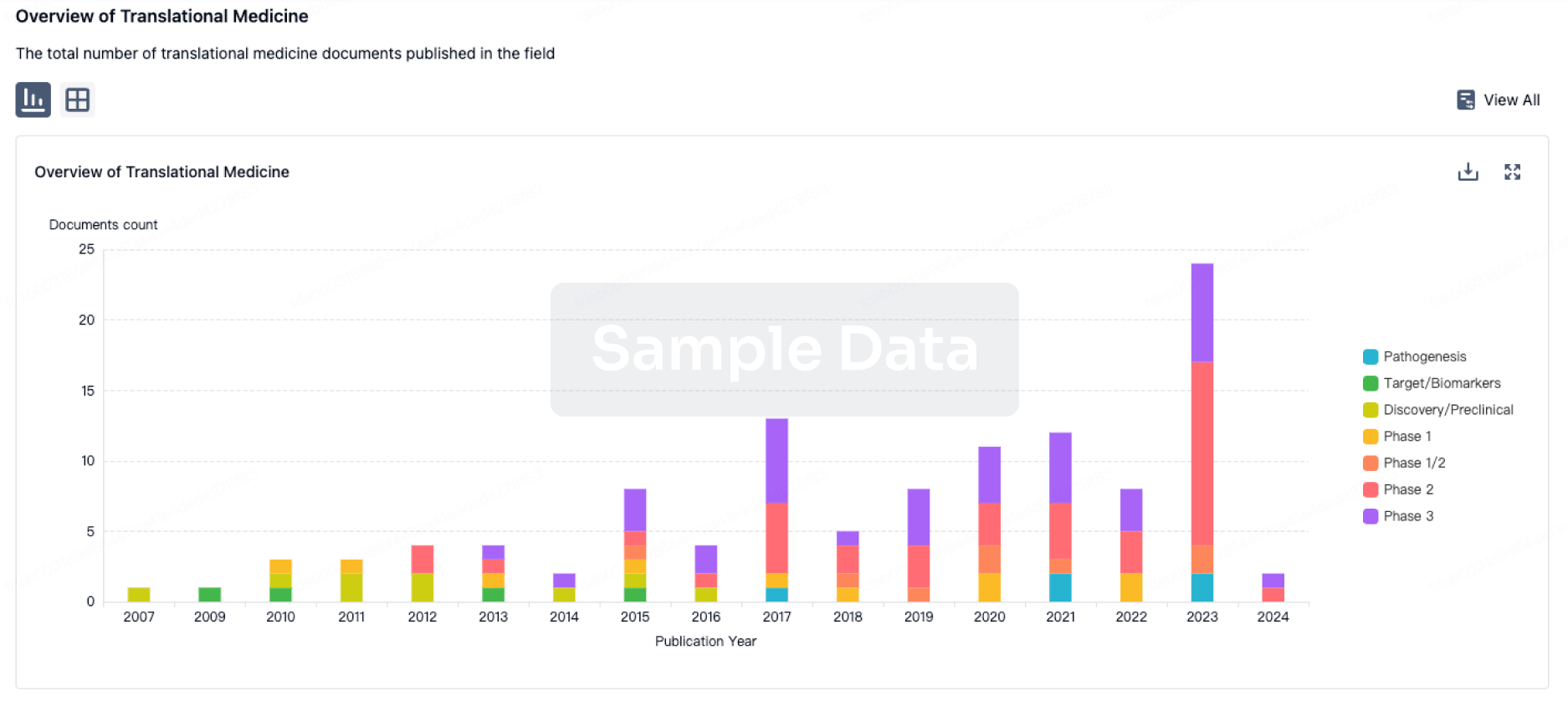
Deal
Boost your decision using our deal data.
login
or
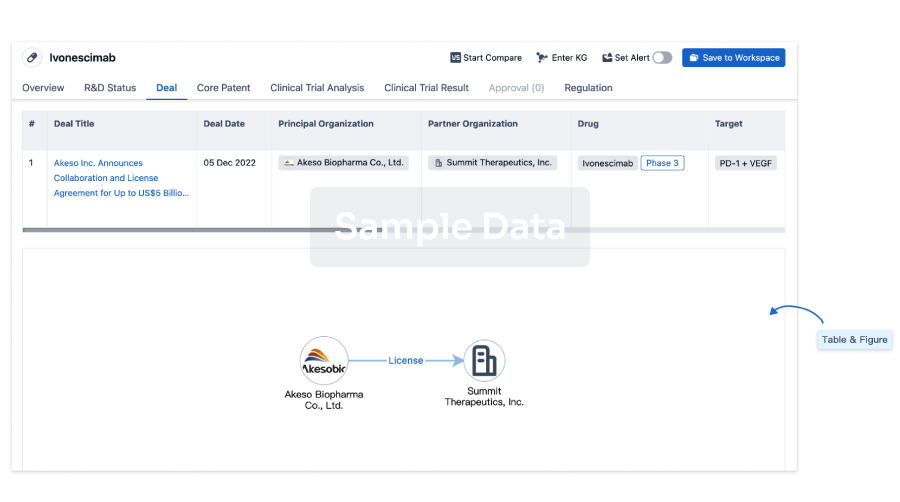
Core Patent
Boost your research with our Core Patent data.
login
or
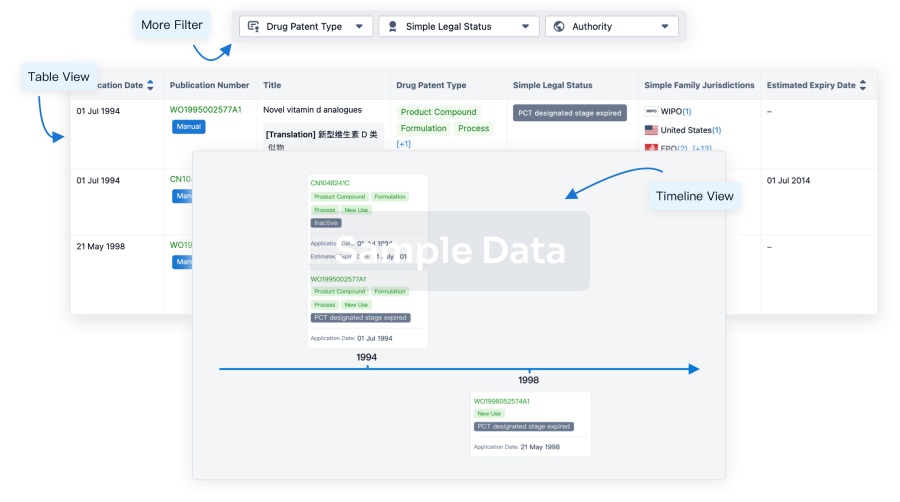
Clinical Trial
Identify the latest clinical trials across global registries.
login
or
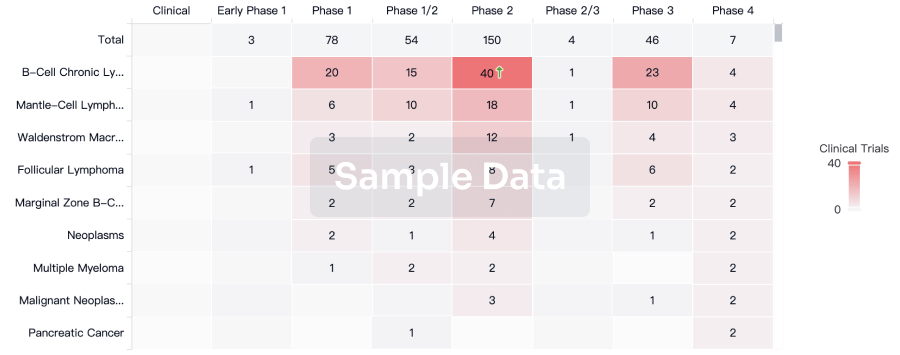
Approval
Accelerate your research with the latest regulatory approval information.
login
or
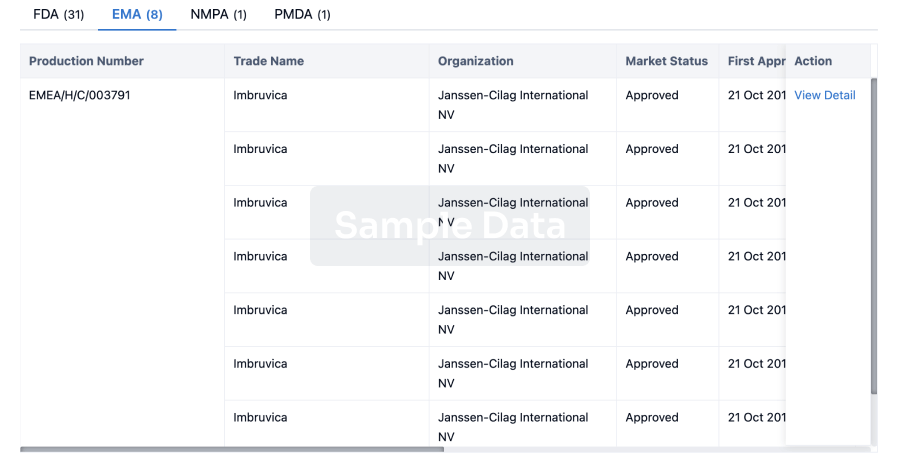
Regulation
Understand key drug designations in just a few clicks with Synapse.
login
or
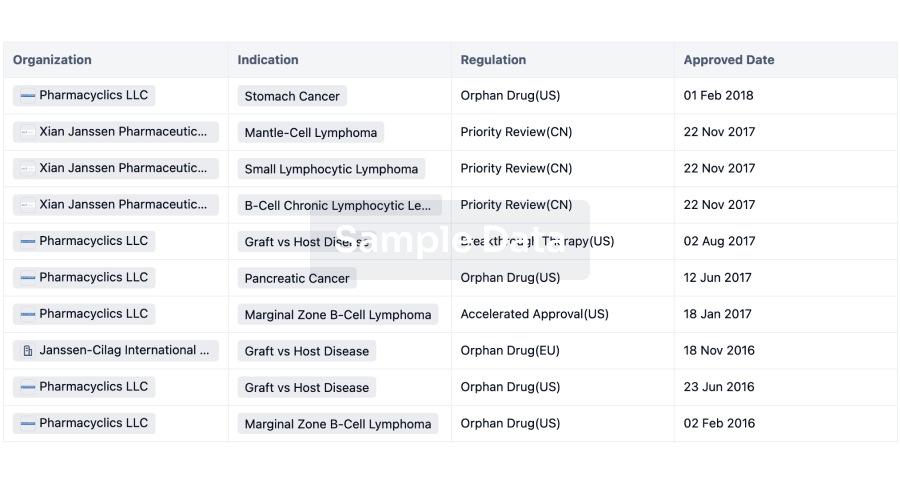
AI Agents Built for Biopharma Breakthroughs
Accelerate discovery. Empower decisions. Transform outcomes.
Get started for free today!
Accelerate Strategic R&D decision making with Synapse, PatSnap’s AI-powered Connected Innovation Intelligence Platform Built for Life Sciences Professionals.
Start your data trial now!
Synapse data is also accessible to external entities via APIs or data packages. Empower better decisions with the latest in pharmaceutical intelligence.
Bio
Bio Sequences Search & Analysis
Sign up for free
Chemical
Chemical Structures Search & Analysis
Sign up for free
